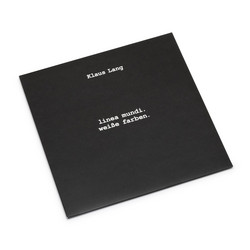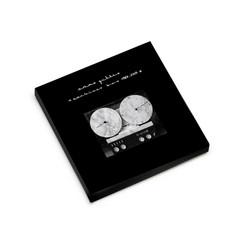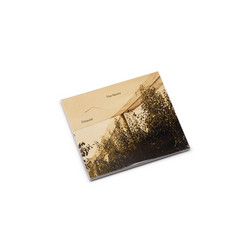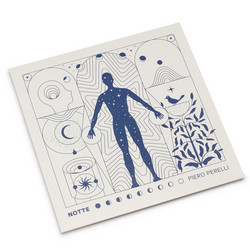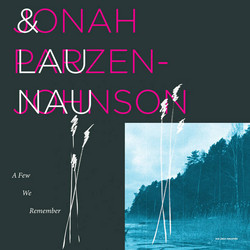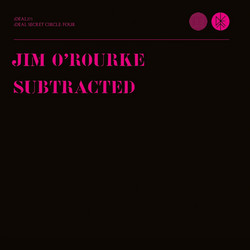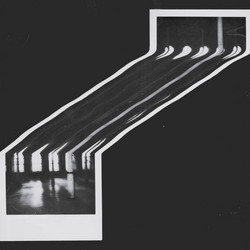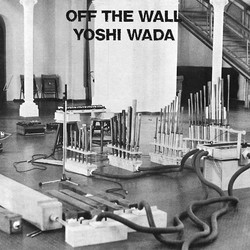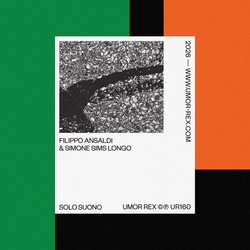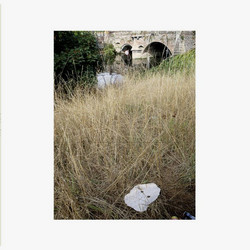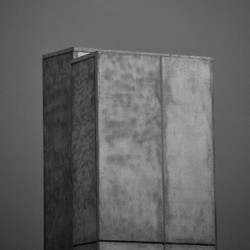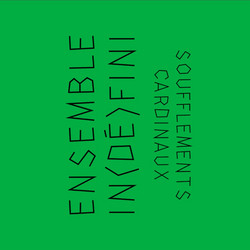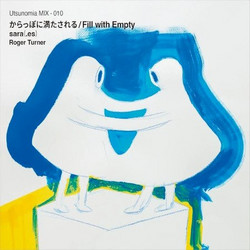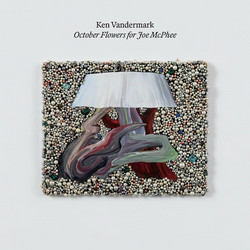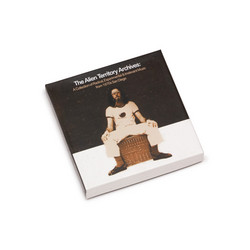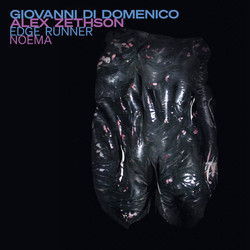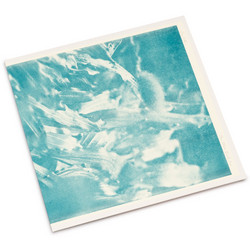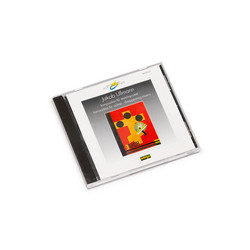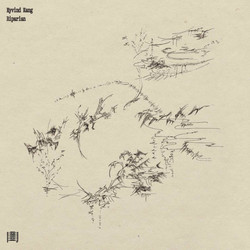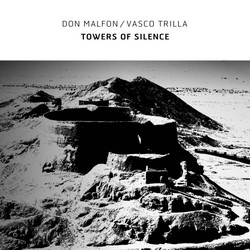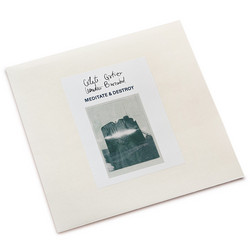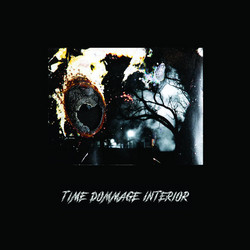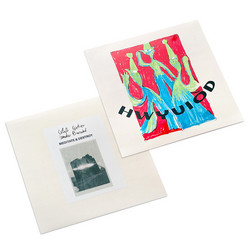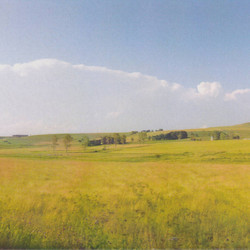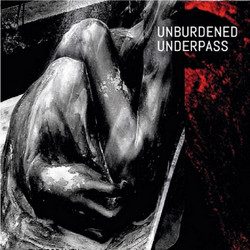Leandro Barzabal
Monochrome Electronic Music (Two pieces for Coupigny Synthesizer) (LP)
*100 copies limited edition* A « monochrome » approach to composition implies working within a restricted aural palette and, in this particular case, using fixed pitches. It focuses on developing interactions between these parallel elements in a time dominion. Establishing a dialogue devoid of structural repetitions and, most importantly, free from any hierarchy of notes. Such coexistence gives way to a particular environment of musical democracy where unevolving sounds lose their individual importance. These singular and repetitive notes find common purpose within a broader structure, where they converge in a shared spectral reality.
The basic means of expression for these notes are their « attaque » and « decay » : they emerge and vanish, speak and fall silent, live and die—simultaneously. The technique that inspired these pieces is the “twelve-tone composition,” developed by Arnold Schoenberg in 1921, here taken to a minimal and extreme form.
Originally conceived by Francis Coupigny in 1966 for the Groupe de Recherches Musicales (GRM), founded by Pierre Schaeffer, it was the GRM’s first synthesizer. The current version is a reconstruction by Philippe Dao, built using original components.
Leandro Barzabal is an argentinian sound artist that has been active since 2001. Alongside his collaborations with musicians, he has also worked in physical theater and contemporary dance, both as a musician and performer. His practice incorporates space, movement, and contextual objects, composing with reality while developing a personal instrumentarium. At the core of his work lies research through sound and improvisation. However, a visual sensibility and approach to materiality lead him toward a liminal zone between different artistic expressions. His live appearances often include gestures of performance art, object-based installations, or acousmatic experiences. Non-musical elements are used to complement or to underline aural events.
